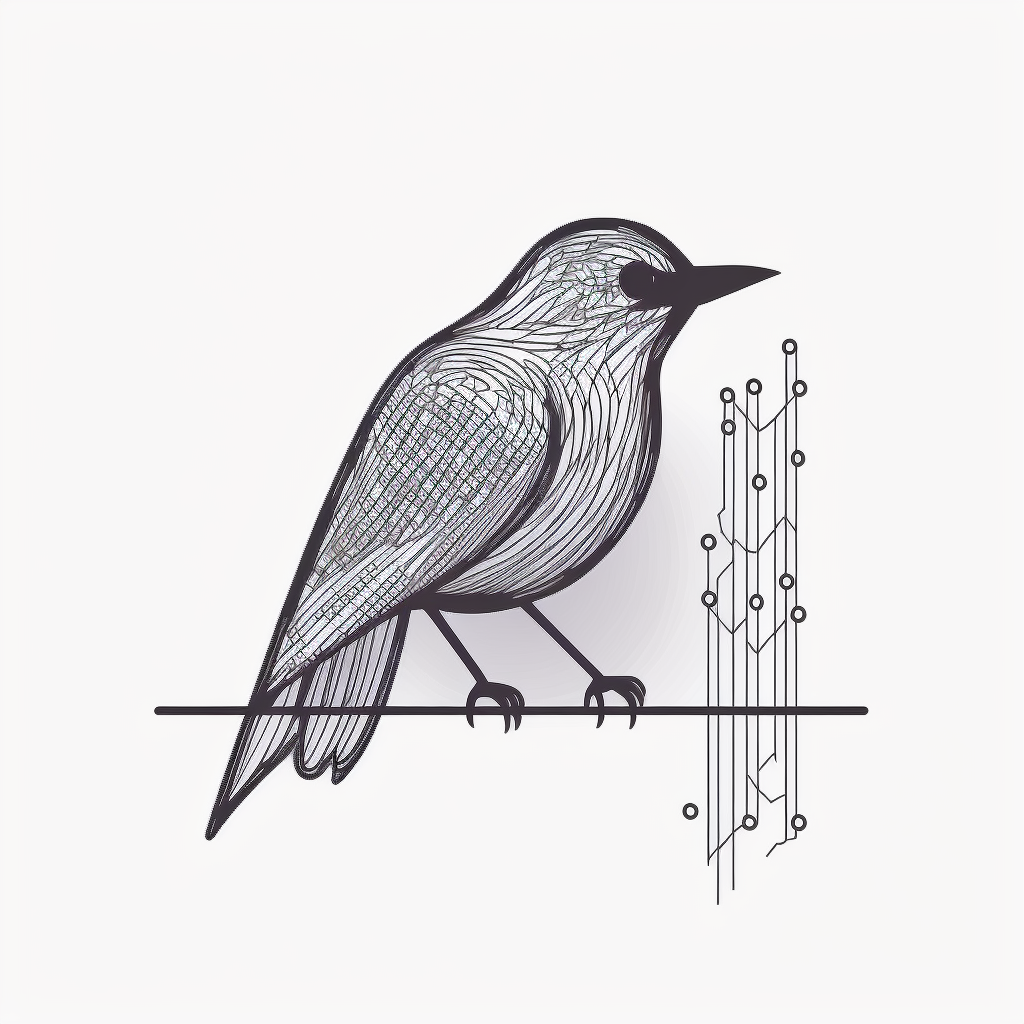I have a HDD 4tb Toshiba drive I had in a Raid 1 NAS device (NSA320) that failed in the raid and I replaced it and rebuilt the raid and life was good.
I have finally moved to a better custom TrueNas scale setup with 2x 8tb HDD in a Raid 1 with weekly encrypted backups to online cloud. I have 2 4tb Toshiba HDDs that match closely with the dead hdd.
I want to try to recover data from it mainly because I want the experience… Let me explain. The drive clicks, yes you can hear the disks spin up to speed and then you hear clicking as it’s trying to read.
I want to know if I can start off trying to swap the circuit board to rule that out without much issue? I have true HEPA filter air purifiers and I can rotate and angle them to have a positive pure air pressure if I need to open it up and swap out the arms.
Is it worth trying? Anything I should know or think about in my decision to try this?
You’re going to think I am joking but I am not. Multiple people have sworn to me that this works for a common failure mode of HDD drives and I’ve literally never heard someone say they tried it and it failed. I’ve never tried it. Buyer beware. Don’t blame me if you fuck up your drive / your computer it’s connected to / anything else even worse by doing this:
- Stick it in the freezer for a short while.
- Take it out.
- Boot it up.
- If it works, get all the data off it as quick as you can.
This only works for specific mechanical failures, and I’d say about 25% of the time. It works because metal shrinks when cold, and this can sort of let a drive limp along for a short period of time to get small amounts of data off.
Drive clicking is the drive arm malfunctioning, and I wouldn’t expect the freezer trick to do much if it’s a messed up actuator or something. You already know the drive is bad though, so why not.
Clicking drives can also sometimes be recovered wirh this method.
I think the clicking in that specific case comes from the fact that the drive sends the arm / heads to the parking position immediately when the rpm of the platter doesn’t match expectations, because rpm is critical for keeping the distance between head an platter.
Meaning the heads are ok, but clicking because a seized up bearing or motor doesn’t spin properly.
Be aware though, it is theoretically possible that ice crystals can form from air humidity condensating, which can cause the head to crash into the platter which makes the data definitely unrecoverable.
Yup this was the first thing I tried. Nothing changed.
I was aware of this trick also, the first thing I tried. Nothing changed. I even tried it in 2 double double zipped freezer baggies for a week. No difference in acoustics from the drive after spin up.
However thanks for bringing this up; I forgot I tried this lol.
You can’t fuck it up more so why not?
I already tried to swap circuit boards in identical Seagate ide drives and not only it worked to recover the data but technically that windows 98 PC still boots today (I turn it on once a year because I have a very old SCSI film scanner that doesn’t work with newer stuff)
You should try the experience, I used ddrescue to create an image
Since you got your data off that drive, there is no way to make it worse. So sure, go ahead and open it up and learn something. But I think you’re underestimating the flimsiness of the mechanics inside. It’s like nanometers clearance between the read heads and the surface of the platters. You won’t get it right without expensive equipment. And changing the PCBs is probably not going to change anything if it’s a mechanical failure.
Do it! Yeah start with the mother board and see what happens and then open the fucker up and replace the try to move the platters to working drive. You don’t have anything to lose so why not. For a quick and dirty clean room run the shower really hot for a few minutes to make a bunch of steam and then wait for the humidity to naturally equalize, boom you got a few minutes to do your swap job.
For a quick and dirty clean room run the shower really hot for a few minutes to make a bunch of steam and then wait for the humidity to naturally equalize, boom you got a few minutes to do your swap job.
I’ve never heard of this… what’s the idea behind it? That you get the RH near 100%, and any dust particles will be a nucleation point for water to condense on, causing them to literally rain out of the air?
Yeah basically. The point is you will never be able to make a real clean room in your home. This gets you 90% of the way there for a tiny bit of time and only takes a few minutes to get going.
I don’t think you are going to have any more luck if it is clicking. What is the file system?
Ext4
No chance




